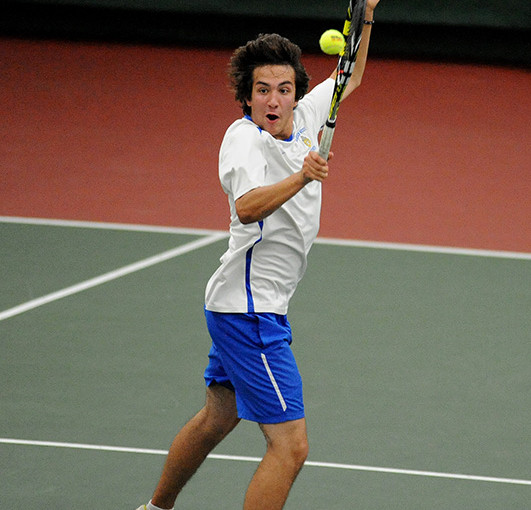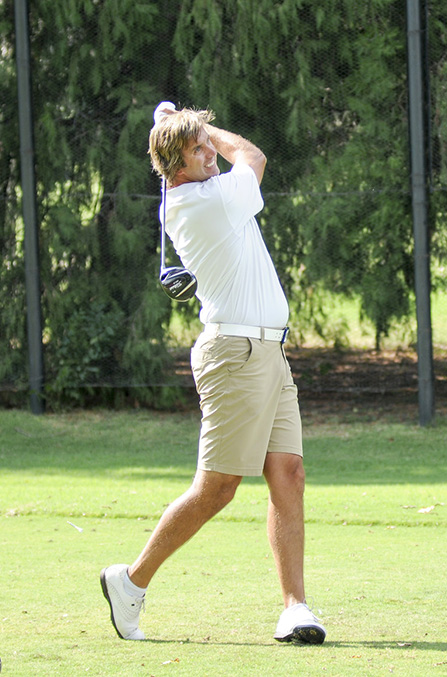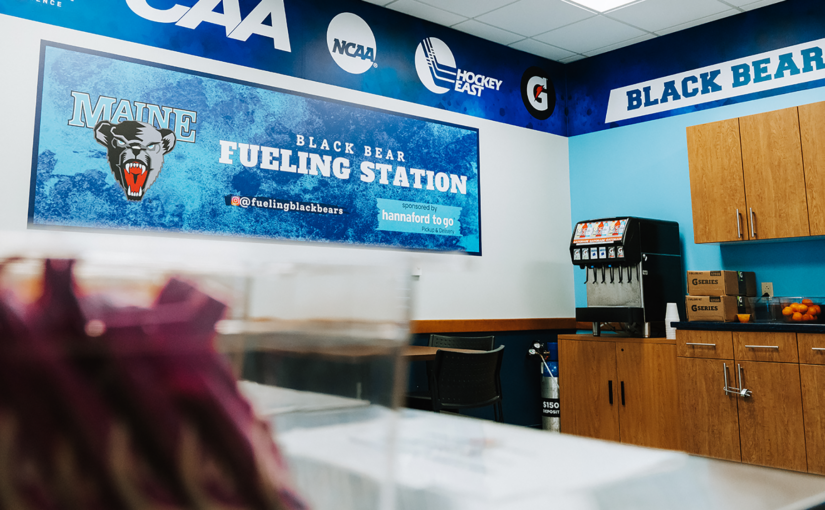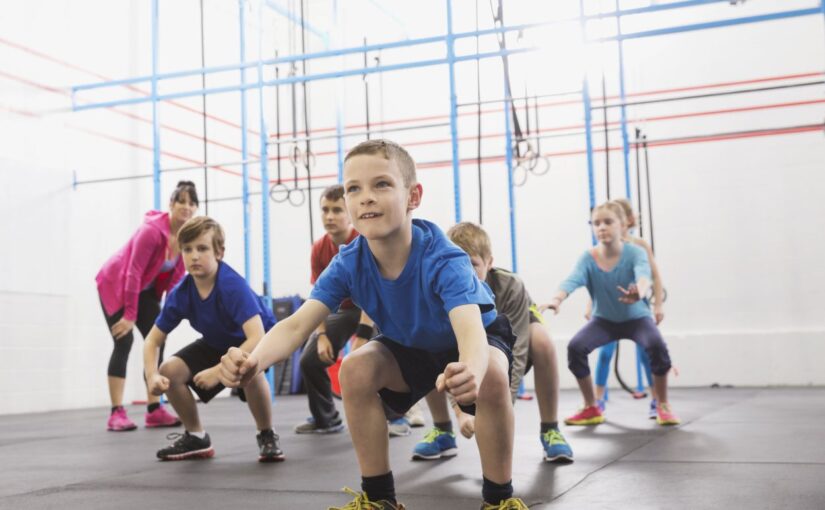Cultivating the Non-Core Sports
There was obvious concern among athletic administrators when last year’s national survey revealed a decline in high school sports participation nationwide. But there was good news, and it might have been surprising to some. The positive data came from less prominent sports, such as track and field, soccer, tennis, and wrestling. These sports all saw increases in participation. Plus, there was an expansion of varsity teams offered in schools.
On a gender basis, girls’ participation increased faster than boys. Wrestling alone is up 250% over the last 10 years. Other sports including lacrosse, swimming, tennis, track, and volleyball all contributed to the uptick in girls’ enrollment. With more opportunities, it would not be surprising if this trend continues.
 These numbers are a clear signal that athletic directors have a chance to further develop their non-core sports. These sports often play a secondary role in athletic departments, but some administrators might want to change their outlook.
These numbers are a clear signal that athletic directors have a chance to further develop their non-core sports. These sports often play a secondary role in athletic departments, but some administrators might want to change their outlook.
When the athletic department, school personnel, and alumni show a heightened level of commitment to these less recognized teams, it has a ripple effect. It’s a big deal when the school is fully committed to all of its teams. Sometimes even an adjustment to the infrastructure of the athletic department is necessary, with a renewed prioritizing of certain programs. This can be reflected in an inclusive master plan, with a revised mission statement and goals.
The commitment from the athletic department and school extends to being present for the lesser-known teams. I’ve heard from numerous coaches that athletic department staff only show up at the end-of-year championships. But when it comes to basketball or football, their presence is everywhere. When the teams who are not in the “spotlight” know that the school supports them in every way, there’s a boost in morale.
A Supportive Environment
An athletic director shows support for their non-core teams by consistently promoting them as valuable entities of the athletic department. This includes letting the coaches of these programs run workshops, camps, and other events. When the athletic department promotes these events, more students become involved, thus helping to promote the sport.
Coaches of these programs also have a responsibility to increase their team’s profile within the school. They need to communicate what their program needs to grow and succeed. When athletic administrators are often not as familiar with non-core sports, it’s up to the coach to bridge this gap.
Using media and social networks are other means of showing support for a program’s non-core sports. Too often, a low-profile team doesn’t receive its due credit for a successful season. Social media is an excellent opportunity to reach the community.
This type of acknowledgment also applies to awards ceremonies and similar events. Generally, students want to play on a team that gets recognition. I can vividly remember when I was coaching, my undefeated No. 1 tennis player did not win a top award for his achievements. He went over to the athletic director, and politely asked why he was not chosen for this particular honor. The athletic director bluntly stated that basketball was held in higher esteem at the school, and that carried more weight. While the athletic director was honest, this is an attitude that needs to change.
 Athletic directors also must keep their non-core sports in mind when it comes to funding. These teams usually are in the lower tier of funding, while sports like football get the largest share of capital because of their popularity and sheer numbers. Plus, they frequently bring in significant revenue. But, with the rising nature of these other sports, finding creative methods to increase their budgets demonstrates a school’s commitment to every team. This is where the athletic director and coach need to explore joint fundraising solutions.
Athletic directors also must keep their non-core sports in mind when it comes to funding. These teams usually are in the lower tier of funding, while sports like football get the largest share of capital because of their popularity and sheer numbers. Plus, they frequently bring in significant revenue. But, with the rising nature of these other sports, finding creative methods to increase their budgets demonstrates a school’s commitment to every team. This is where the athletic director and coach need to explore joint fundraising solutions.
With this adjusted approach, there’s an understanding that non-core sports offer advantages to student-athletes. A prime example is their inclusive nature. These sports often have no-cut teams, which gives students an opportunity to participate when they otherwise might not have a chance. Oftentimes, students don’t bother to try out, fearing they might be cut. With more schools offering sports that are open to all, students are encouraged to participate.
Lifetime Benefits
Non-core sports offer additional benefits to student-athletes, one of which is lifetime participation. Tennis, volleyball, and golf are examples of sports that students can play for several years. Chris Hagman, president of Atlantic Recreation, has worked with athletic directors for many years, and he feels strongly that these sports offer many lasting advantages to students.
“These non-core sports offer the advantage of lifetime fitness benefits, which is not talked about enough, and gives students the opportunity to succeed, which will carry over into their adult lives,” he said.
One area to look for guidance is in youth sports. According to The Aspen Institute, participation in sports for kids 6 to 12 has declined from 45% in 2008 to 38% in 2018. The reasons range from increasing costs to sport specialization. Many observers are worried that these levels have finally caught up to high school sports.
» ALSO SEE: Building a Dynamic Athletic Program Leadership
Because of this, athletic administrators would be wise to assimilate their events into the local youth community, with their programs becoming more kid-friendly. Target marketing to youngsters and their parents is a good start. Almost every local region already has a solid infrastructure in place, with a diverse range of youth leagues. When athletic departments make it a priority to involve themselves in these organizations on a reciprocal basis, it enhances all programs involved.
Despite the declining participation numbers of certain prominent sports, they are still very popular and will be for a long time. But there’s no denying that there are many alternatives available for all students who would like to be involved in varsity sports. With encouragement and support from athletic departments, there is room enough for these teams to continue their rise in popularity.
Bruce Knittle is a former sports camp owner, Hall of Fame inducted coach, and previously ran a sports consulting company specializing in working with athletic directors and coaches.





